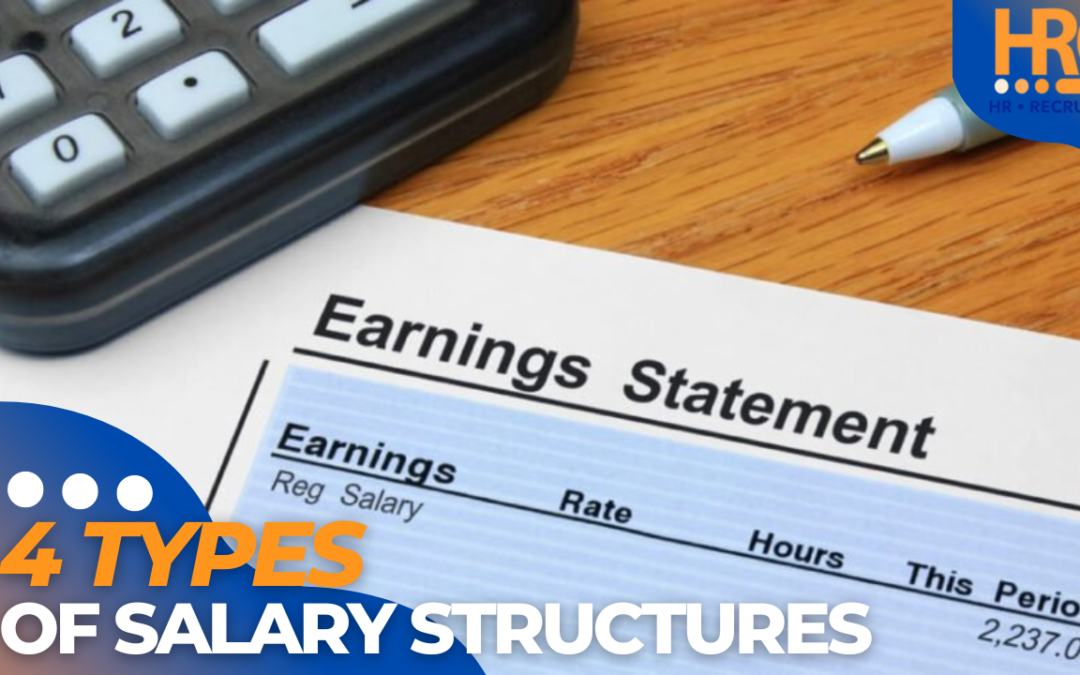Deciding how you are going to handle employee compensation and salary structures at your company is extremely important. Well-planned salary structures help to keep pay at competitive levels with other companies and keep pay equitable at an internal level. How do salary structures vary and what are the benefits of the different types? Here are 4 types of salary structures that you can utilize for your company.
Interested in Recruiting Solutions for Your Organization?
Check out our Customizable Services
Traditional
With a traditional salary structure, the pay levels are divided into different pay grades. The jumps between pay grades are relatively small. Employers who use this system can set ways or requirements for employees to move up a pay level. These requirements can be things such as length of employment or performance levels. This type of salary structure makes it so that employees do not cap out their salaries too quickly.
Broadband
A broadband pay structure divides employees into types or categories rather than a specific position. These types or categories could be labeled as administrative jobs, executive jobs, or other department jobs. Broadband salary structures have fewer pay grades than a traditional salary structure, but the grades typically have a wider salary range. Pay raises under this structure are more flexible but this can also lead to employees reaching their salary cap quickly. This can limit the future earning potential of employees, especially if they move up within the same department.
Market-Based
The market-based salary structure system is based on current market rates for comparable positions in the area. Unlike broadband structures, market-based salary structures set salary ranges by specific position rather than by department/job type. Pay grades are often narrower in this system but the salary range may be larger depending on the job and region.
Step Pay
Step pay structures are one of the simplest salary structure systems. A clearly defined pay structure or progression is set at the start of the employee’s time with the company. Pay increases may come from pre-determined time increments with the company or adequate performance. An example of this would be receiving a $5,000 raise for every two years spent at the company until the employee reaches the salary cap. Government agencies often use step pay structures.
Factors to Consider When Choosing a Type of Salary Structure
Certain types of salary structures may work better with some companies but not all. When you are choosing a type of salary structure for your company consider the following factors: business size, industry, location, and employee classification. At HR Collaboration Group, we are here to help you in all aspects of setting up a salary structure, including determining what type is best for your business. To learn more about our full-service HR solutions, contact us today.

